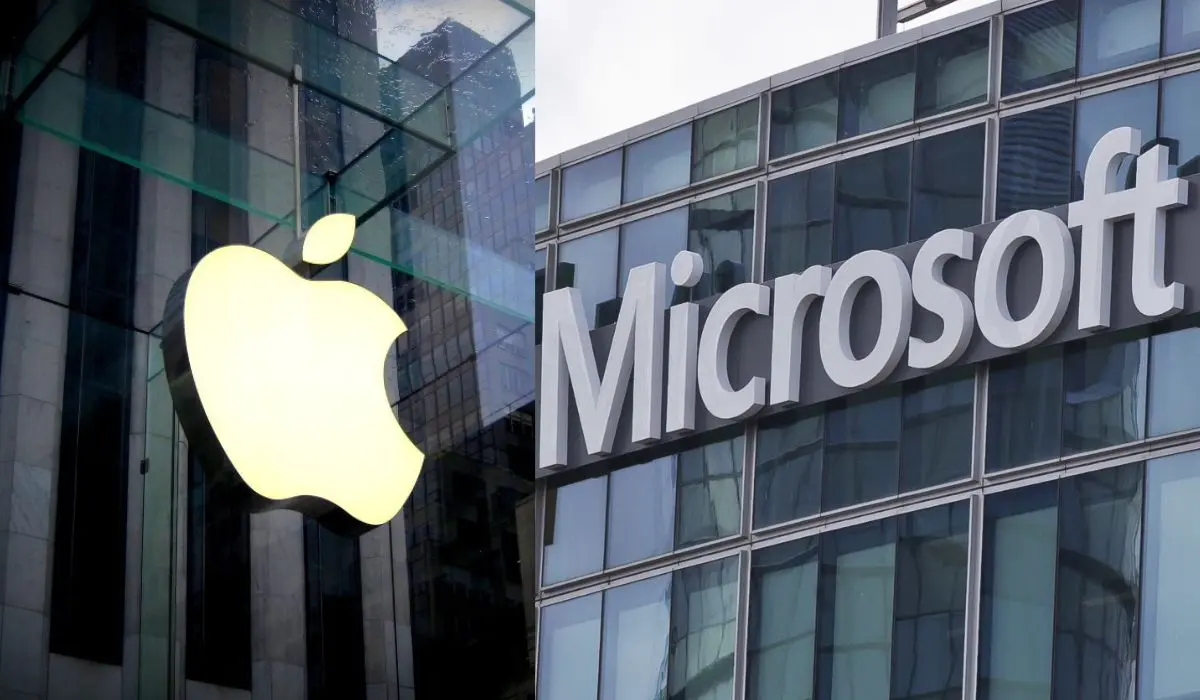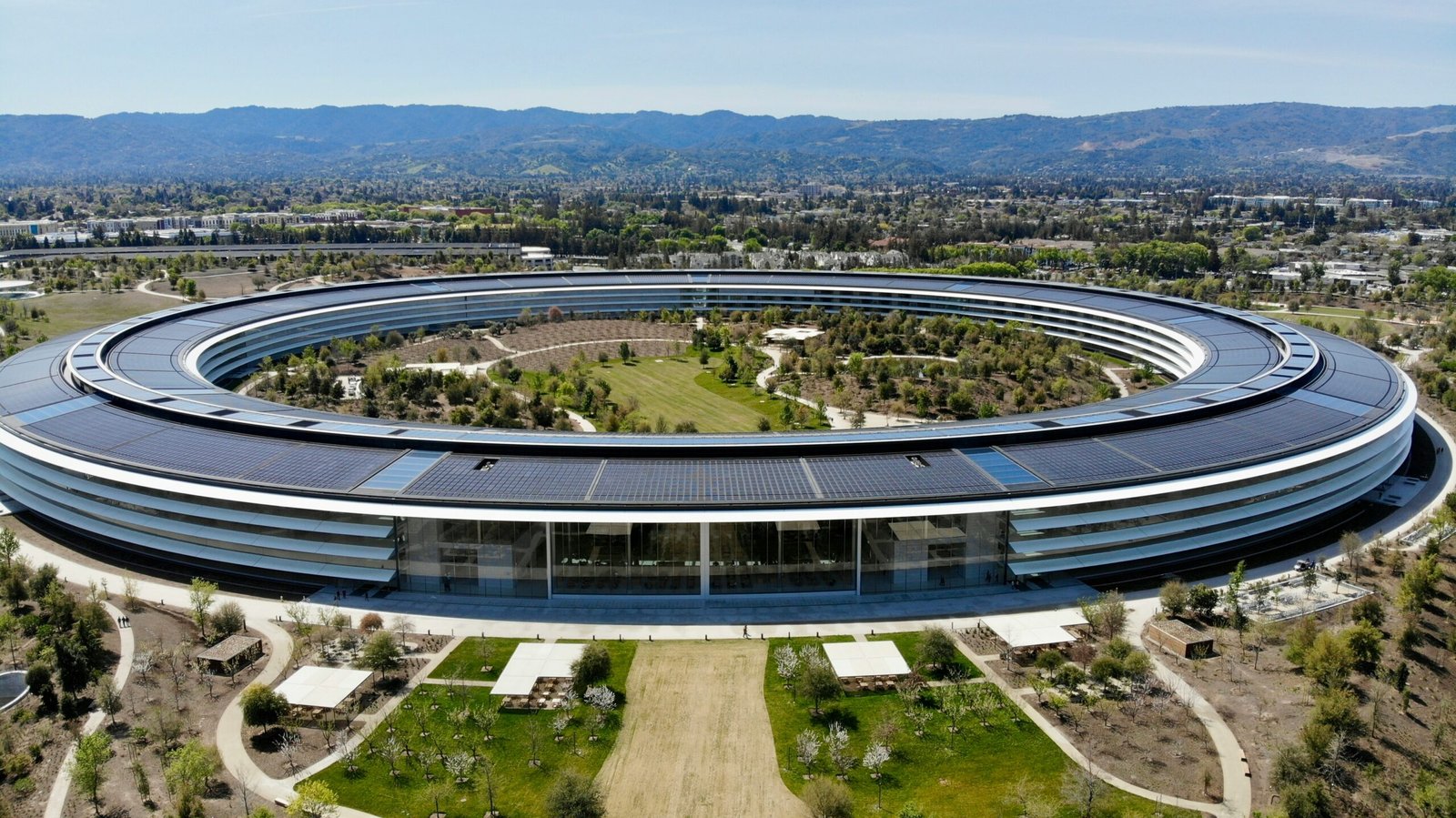WWDC Announcements and Their Impact on Apple’s Stock
Apple’s annual Worldwide Developers Conference (WWDC) has historically been a pivotal event for the company, showcasing its latest innovations and setting the tone for its future trajectory. This year’s WWDC was no exception, featuring a series of announcements that significantly influenced Apple’s stock performance. One of the most notable highlights was the introduction of generative AI features for iPhones, which promise to revolutionize user experience by enhancing personalization, productivity, and security. These AI capabilities, integrated into iOS, were met with widespread acclaim both by consumers and tech analysts, who praised Apple’s continued commitment to pioneering cutting-edge technology.
In addition to the AI enhancements, Apple unveiled several other key software updates. iPadOS updates brought increased multitasking capabilities, while macOS received performance improvements and new functionalities designed to streamline professional workflows. The introduction of watchOS updates focused on health and wellness features, further solidifying Apple’s position in the wearable tech market. Each of these updates was designed to create a more cohesive and efficient ecosystem, which resonated well with both current users and potential customers.
On the hardware front, while there were no groundbreaking new product launches, Apple did announce incremental upgrades to its existing product lines, including more powerful processors for MacBooks and enhanced camera features for the iPhone. These hardware improvements, though not revolutionary, demonstrated Apple’s ongoing commitment to enhancing its product portfolio incrementally, thereby maintaining consumer interest and loyalty.
The market responded positively to these announcements, with Apple’s stock experiencing a notable surge. Analysts attributed this uptick to the strong reception of the AI features and the overall robustness of the software updates. Investor sentiment was buoyant, reflecting confidence in Apple’s strategic direction and its ability to innovate effectively. A timeline of the stock’s performance around the WWDC reveals a clear correlation between the announcements and increased stock value, underscoring the critical impact of the conference on Apple’s market standing.
Apple’s Market Position and Comparison with Microsoft
Apple Inc. has recently surpassed Microsoft Corporation to become the most valuable U.S. public company, a significant milestone marked by a series of strategic advancements and key product announcements at the Worldwide Developers Conference (WWDC). As of the latest financial assessments, Apple’s market capitalization has eclipsed that of Microsoft, underscoring a noteworthy shift in the competitive dynamics between these two tech behemoths.
The historical rivalry between Apple and Microsoft dates back several decades, with both companies experiencing various phases of market dominance. In the late 1990s and early 2000s, Microsoft held a commanding lead, largely due to the ubiquity of its Windows operating system and Office software suite. However, the tide began to shift in the mid-2000s, as Apple’s innovative product line, including the iPod, iPhone, and iPad, began to capture consumer interest and market share.
One of the key factors contributing to Apple’s recent ascent is its diversified product portfolio. Beyond its flagship iPhone, Apple has successfully expanded into wearables, services, and smart home devices. The introduction of Apple Silicon, with the M1 and subsequent chips, has further bolstered its hardware performance, setting new benchmarks in the industry. Additionally, Apple’s strategic focus on ecosystem integration has created a seamless user experience, fostering customer loyalty and driving revenue growth.
In contrast, Microsoft has faced several challenges despite its strong performance in cloud computing with Azure and enterprise solutions. The company has encountered setbacks in its consumer hardware ventures, such as the discontinuation of the Surface Neo. Moreover, while Microsoft’s software and services remain robust, the competitive landscape in cloud services and office productivity tools continues to evolve, presenting both opportunities and hurdles.
Experts in the tech industry are divided on whether Apple can maintain its lead over Microsoft in the long term. Some analysts point to Apple’s relentless innovation and strong brand loyalty as indicators of sustained growth. Others highlight the potential for Microsoft to rebound through strategic acquisitions and advancements in artificial intelligence and cloud technologies.
Overall, the dynamic interplay between Apple and Microsoft will likely continue to shape the technology sector, driving further advancements and competitive strategies. As these titans vie for market supremacy, consumers and businesses alike stand to benefit from the resulting innovations and improvements in technology.
































